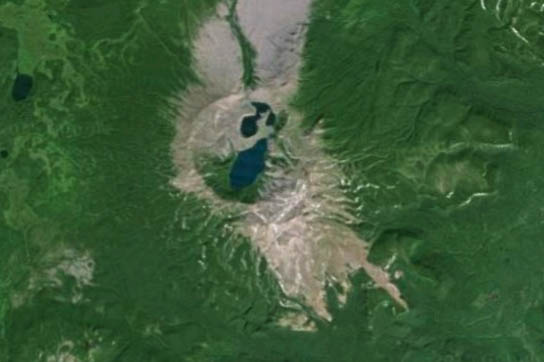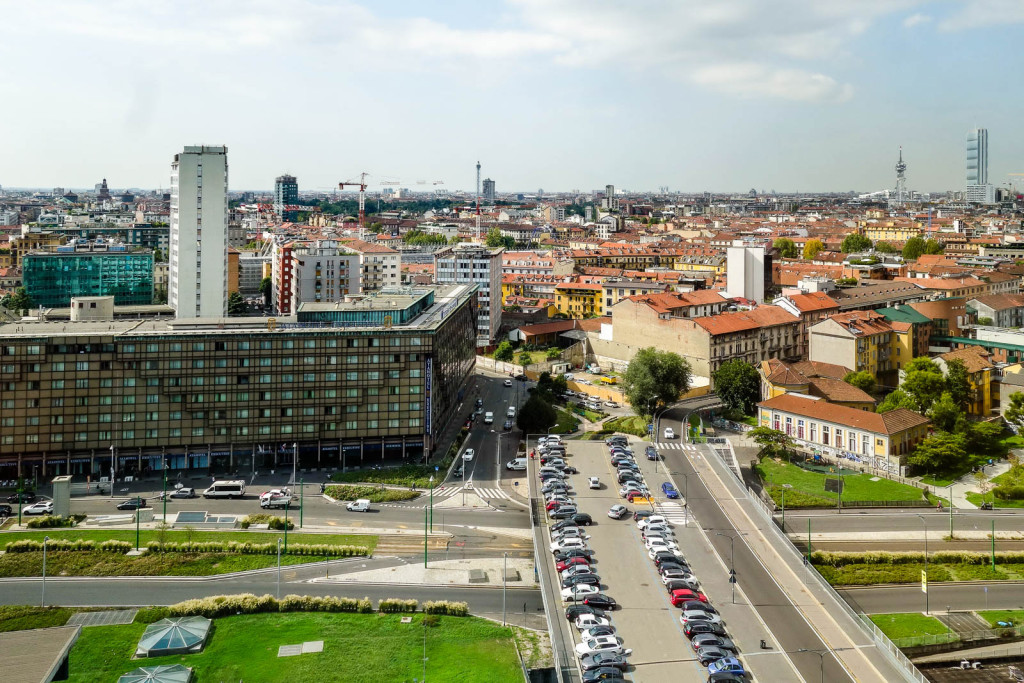September 30, 2015
Kamchatka-2015 – Kurile Lake: Sock-eye salmon and beady-eye bears.
They say that the world’s largest population of sockeye salmon – several million of them – comes to spawn in Kurile Lake. And, having been there, I can believe it: it’s packed full of fish, lots visible to the naked eye, splashing about frantically. Not quite as packed as the lakes in Alaska (you can’t see through the fish there’s so many there), but all the same – impressive.
Kurile Lake – rather, the land surrounding it – is also big on… bears: big, as in, the largest population of brown bears in the world – around 5000 of them, if my memory serves me well. At least – it was 5000 several years back. Now it’s probably a lot higher as they’re propagating at a turbo-charged rate of late. I remember the norm for a family unit of bears being mummy bear plus just one or two cubs. These days there are normally three if not four cubs! So it looks like everything in the bears’ reproduction department is doing just fine :).
https://instagram.com/p/6pW4FouiTq/






























